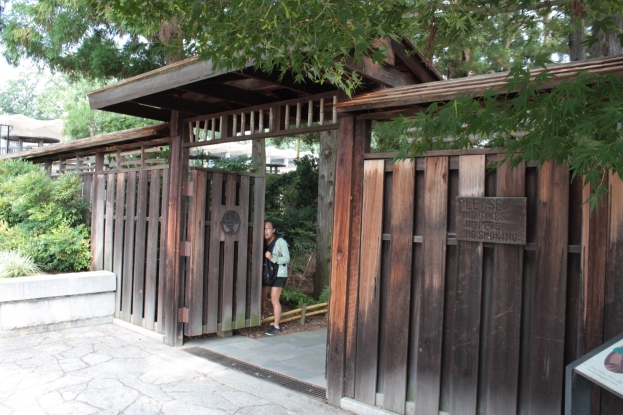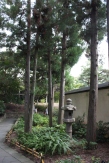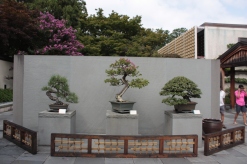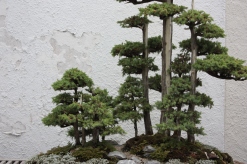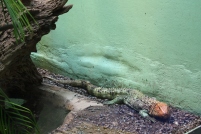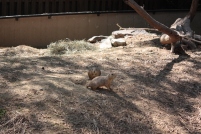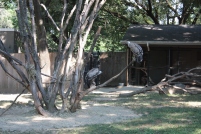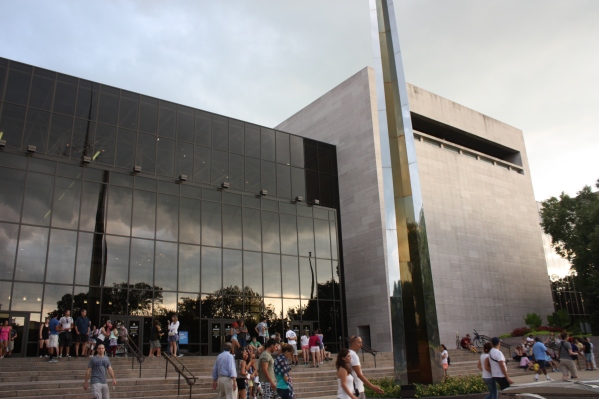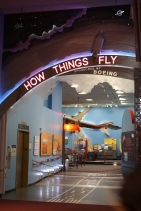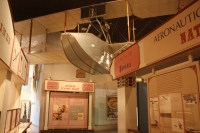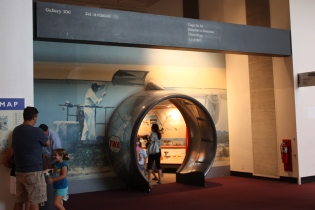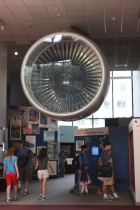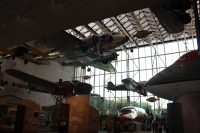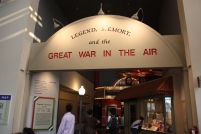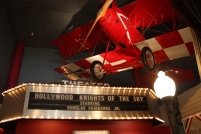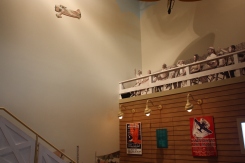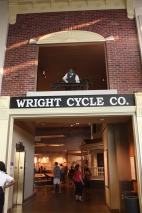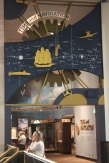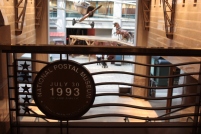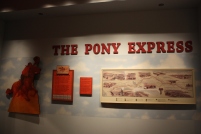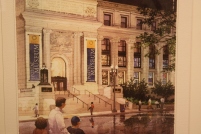Let’s pretend that you have visited Washington D.C. plenty of times already, and have exhausted all the Smithsonian related museums. You still want some free museums to visit because your pockets are still empty, then what? Never fear, for that is the reason this blog is here; to show you the fun and affordable museums to visit when you want. This time, I made my way to a free, non-Smithsonian related museum called…
National Bonsai and Penjing Museum, located in Washington, D.C.
The National Bonsai & Penjing Museum is located within the U.S. National Arboretum, which is an easy train and bus ride from the national mall, (about an hour, I think). From the National mall, take the blue or orange line to the Stadium-Amory stop (I talked a bit about the DC metro in my Smithsonian’s National Zoo post), and then transfer to the B2 metrobus. Exit the train station, walk about ten steps, and the bus stop will be there, so there’s need to worry about getting lost looking for the bus stop. Take the bus to Rand St on Bladensburg Road, just past the big “Arboretum” sign (look for the sign on the right when you are in the bus). Walk back to the “Arboretum” sign on R street, and walk down R street until you reach the entrance of the Arboretum. Once inside the Arboretum, you will find signs for the information desk, make your way there to find more information about the Arboretum and directions to the museum.
A quick word about the public transportation route: the Arboretum is located in a sketchy part of D.C., so be a smart traveler and stay safe. You can always drive to the Arboretum, there is plenty of parking (I’m not sure if there is a fee or not), and the Arboretum is huge, so you can probably spend days there and still not see everything. (Apparently the Arboretum is a living museum, so one day, it will have it’s own post, I just have to go to D.C. again.)
Once inside the arboretum, it is easy navigating to the National Bonsai and Penjing Museum. The museum is opened from 10am to 4pm, and admission is free. The museum is divided into several display areas, two were located indoors, and the rest were all outside. The museum’s layout is a bit different from traditional museums; it is more similar to aquariums, and zoos, which is quite fitting, seeing how the bonsai and penjing are living specimens.
Since it was a hot day, I started with the indoor galleries to cool off. The first indoor gallery, the International Pavilion, was dedicated to viewing stones. Viewing stones are natural stones that suggest landscapes or structures. (The second picture reminds me of a hot spring, and the third picture reminds me of a mountain range.) There were quite a number of viewing stones on display, however the volunteer said only a portion of the museum’s collection was on display, and even he hasn’t seen the whole collection yet. The other indoor gallery, the Special Exhibits Wing, was the special rotating exhibit of the museum. When I had visited, the exhibit on display was entitled “Becoming a Bonsai exhibit”. The exhibit explained the steps on how to create a bonsai, and demonstrated how a normal plant was turned into a bonsai through pruning, wiring and repotting (or collectively known as training a bonsai). In addition, there were tools used by bonsai masters on display. (Unfortunately, there are no photos of the special exhibit, because some part of me just wasn’t thinking at the time to take pictures.)
The first outdoor gallery visited was the Chinese Pavilion, which displayed the Chinese penjing collection. According to the internet, penjing is the ancient Chinese art of displaying artistically formed trees, plants, and landscapes in miniature. Before visiting the museum, I didn’t even know that penjing existed, I’ve always heard of bonsai, but penjing is new to me. The miniature landscapes are quite majestic, and the inclusion of small figurines in some of the penjing made the whole scenery even more appealing.
The next area was the North American Pavilion, which displayed bonsai and penjing created by people living in North America. Some of these bonsai were created using plants native to North America. Following, I ventured into the Japanese Pavilion, which featured traditional bonsai. Bonsai is a Japanese art form using miniature trees grown in containers. (I’ve heard of bonsai before, and it’s my first time seeing in real life. They are relaxing to look at, and I would like one, but I don’t think I can care for it.)
I spent about an hour in the National Bonsai and Penjing Museum, and it was nice escape from the rushed lifestyle to stop and take in the nice and relaxing bonsai and penjing. I highly recommend visiting the museum, even if you know nothing about either bonsai or penjing, because you will enjoy the experience (unless you hate nature). So take the train and the bus (or drive) to the National Bonsai and Penjing Museum, and just enjoy the relaxing atmosphere.
